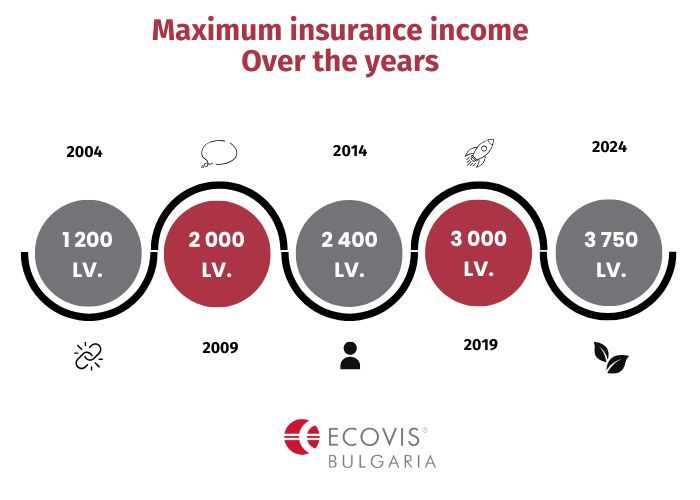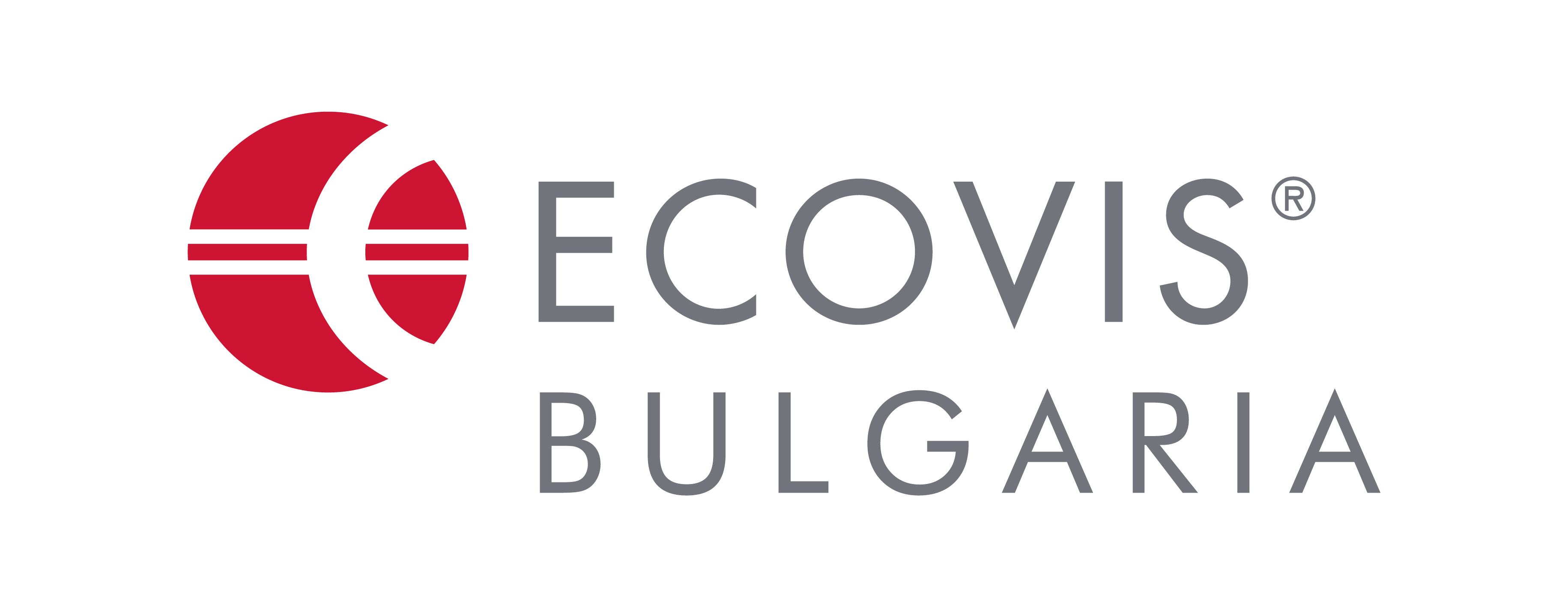
How much is the current maximum insurable income
Ecovis | 27 January 2025
A frequently discussed topic is whether the current maximum insurable income (MIA) should be increased.
As of the beginning of 2025, the State Social Insurance Budget has not been passed and for now, the MOI is 3 750 lv. It is expected to rise to 4 130 lv. once the State Budget is passed. Keep an eye on the Ecovis blog for updates!
But what really is this concept and who does it affect? We wonder if it has an impact on pensions and social policy in Bulgaria.
In the dynamic world of politics and finance, the maximum social security income is often a hot topic, especially before the annual budget is adopted.
As it serves to set the upper limit of income on which contributions are due, it is often ignored by the rest of the population.
But is it right to do so?
In this article by Ecovis Bulgaria, we will look at the basic principles of the maximum social security income and how it affects the economic and social situation. We will compare taxable income in Bulgaria with that of countries in Europe to see where we stand. Let's get started!
What is maximum insurable income?
The calculation and changes to the maximum insurable income is often the subject of political discussion, as it is directly linked to the economic situation of the country. It is indicative of the average wage level as well as social policy.
The main purpose of a maximum insurable income is to place an upper limit on the income on which individuals pay social and health insurance contributions. Contributions to supplementary pension funds are also based on the maximum income.
Put another way, if your monthly or annual income exceeds this limit, contributions are calculated only on the maximum amount, not on the entire income.
From 2024, the maximum social security income in Bulgaria is set at BGN 3 750 per month. This maximum means that income above this amount is not subject to social security contributions.

When first introduced, the maximum insurable income was 10 minimum wages. This ended in 2004.
Benefits of a maximum insurable income
One of the main objectives of introducing a maximum insurable income is to prevent the excessive taxation of high earners.
Without this limit, high earners would pay contributions on all their income, resulting in a financial burden.
It sounds counter-intuitive, but abolishing this law would lead to income evasion or circumvention of social security systems.
The policy of maintaining a maximum insurable income ensures that high earners are kept within the insurance system. In other words, they will pay their social security contributions and taxes and continue to invest within the country.
Another benefit of this type of cap is that it ensures predictability of income. The social security income ceiling helps to secure the state budget. Without it, the money in the treasury would depend on the number of high earners in the country.
And if they have to pay contributions on all their income, it will be volatile. Fixing a maximum social security income is a way to manage and predict the country's budget effectively.
If you are a business owner but are unsure how social security works, it is advisable to enlist the accounting services of a specialist. This will ensure that contributions are made on time and all paperwork is in order.
How does it affect the pension amount?
In addition to the insurance payments, a maximum insurance income also determines the upper limit of pension amounts. This is because the amount is determined by the person's insurance income, which cannot be higher than the maximum.
If a person is insured on the current maximum income, his future pension will be calculated on its basis.
On the other hand, if there were no maximum insurable income, the amount of pensions would be high, which would cause financial difficulties for the state. But there are ways for high earners to receive higher pensions. This is done by investing in supplementary pensions. Worldwide, this is the most common way of increasing retirement incomes.
This investment guarantees financial independence, stability and peace of mind, regardless of the pension provided by the state.
Another factor in determining the pension amount is the calculation of length of service. But not all documents are always correct and adjustments are needed. Choose tax services of proven professionals for a smooth pension application process.

Maximum insurable income in Europe
In addition to Bulgaria, maximum insurance income is used in the insurance systems of many countries in Europe. Approaches to it vary by country, but the ultimate goals remain the same.
The most specific system of maximum insurance income is that of Germany. It takes into account regional differences in pay between the western eastern part of the country.
Regarding pension contributions, the maximum monthly insurable income in western Germany is EUR 7 300, while in the east it is only EUR 7 100. The Federal Republic thus reflects the historically lower average wages in the eastern part of the country.
The thresholds for health insurance contributions and sickness insurance are the same for both parts of the country - around €66,600 per year.
Similar to Bulgaria, in Austria the maximum insurable income for pensions is around €6,000 per month. This ensures budget stability and retention of high earners in the country.
In Sweden and Norway, there is no mechanism to limit the insurable income, but there is a cap on pensions.
Bulgaria, with its limit of 3 750 lv., ranks among the countries with the lowest threshold in Europe. This is due to the low average income level in the country.

What is the meaning of the maximum insurable income?
The issue of the maximum insurable income is much more than just another misunderstanding between the political and financial elite. It concerns social security system and affects the whole of society.
For high earners, it sets limits to their contribution to the state budget by limiting the amount of social security contributions. This allows them to invest their funds undisturbed throughout the country.
For the rest of society, including those earning minimum wage, the revenue from high contributions by high earners ensures the stability of the system.
 Make an inquiry
Make an inquiry